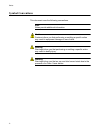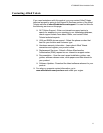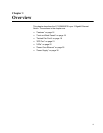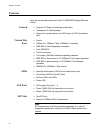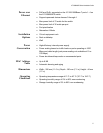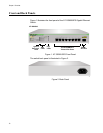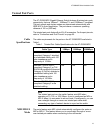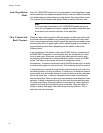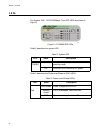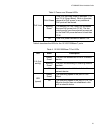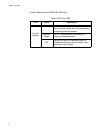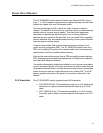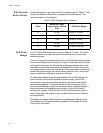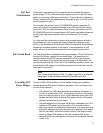
Chapter 1: Overview
20
Auto-Negotiation
Mode
Each AT-GS900/8PS switch port is configured for Auto-Negotiation mode
which determines the speed and duplex mode. Each end-node connected
to a twisted-pair port should also be configured for Auto-Negotiation mode.
This insures that the speed and duplex mode is matched on each end.
Note
If an end-node connected to a AT-GS900/8PS twisted-pair port is
set to a fixed speed and duplex, a speed and duplex mismatch may
occur which can cause a reduction in the data flow.
Flow Control and
Back Pressure
When two end-nodes are set to different speeds, an Ethernet switch with
the slower data rate capability may randomly be flooded with more data
than it can process and may need to signal the opposite end-node to stop
sending data until it is ready again. How a switch signals an end-node to
stop transmitting data differs depending on the duplex mode of the
Ethernet ports.
A port operating in full-duplex mode uses PAUSE frames, as specified in
the IEEE 802.3x standard, to momentarily stop the transmission of data
from an end-node. Whenever a switch port wants an end-node to stop
transmitting data because it is being flooded by data, it issues a PAUSE
frame. This frame instructs the end-node to temporarily cease
transmission. The switch continues to issue PAUSE frames until it is ready
to receive data again from the end-node. This is referred to as flow control.
A twisted pair port operating at half-duplex mode stops its end-node from
transmitting data by forcing a collision. A collision on an Ethernet network
occurs when two end-nodes attempt to transmit data using the same data
link at the same time. A collision causes the end-nodes to momentarily
stop sending data. When a switch port has received more data than it can
process, it needs to temporarily stop its end-node from transmitting data.
The port does this by forcing a collision on the data link, which stops the
opposite end-node from transmitting any more data. After the switch is
ready to receive data again, the switch stops forcing collisions. This is
referred to as back pressure.



